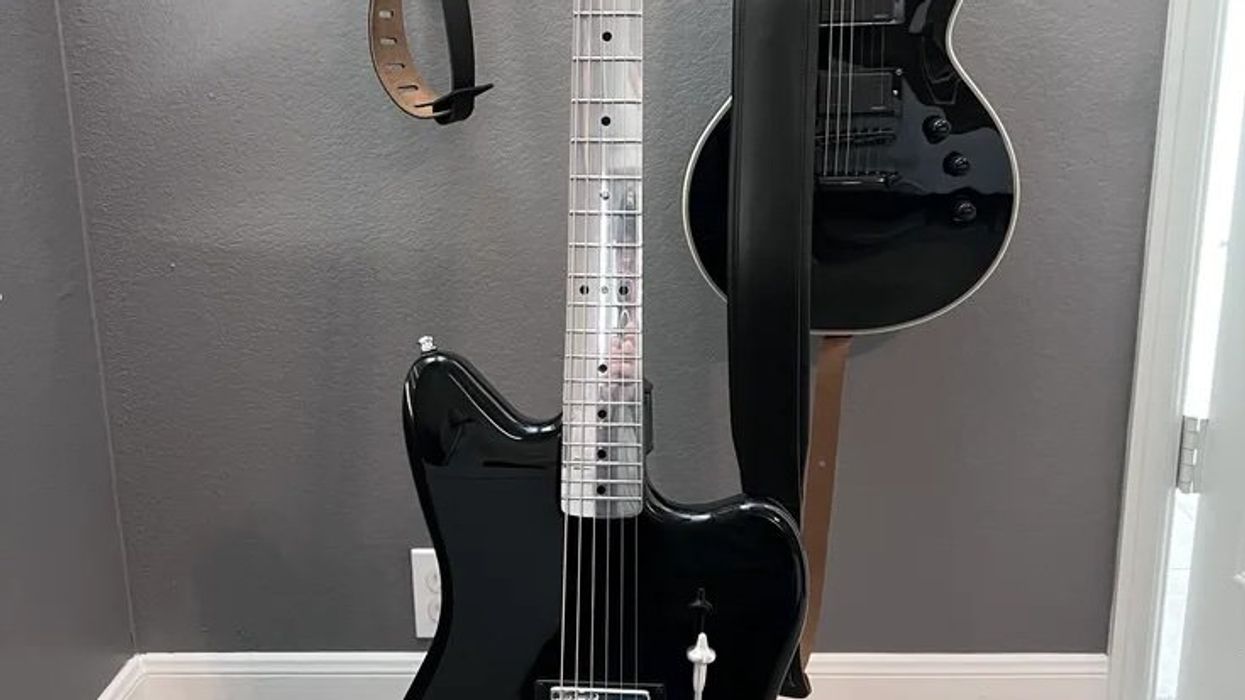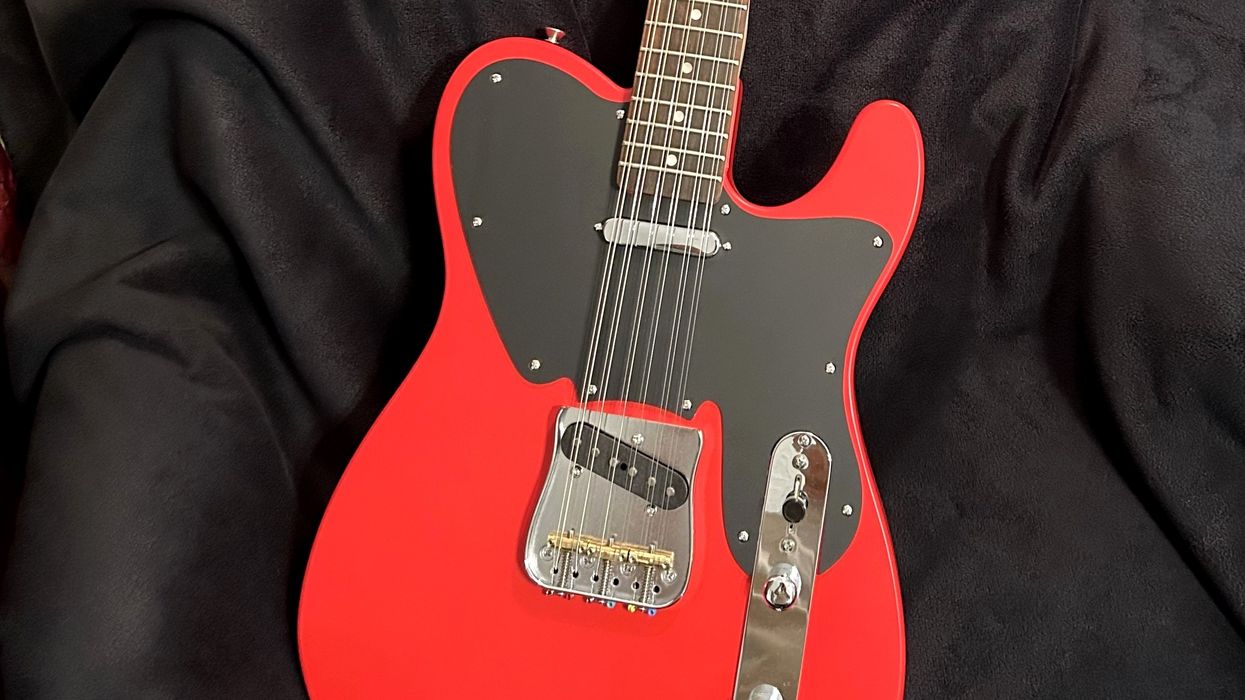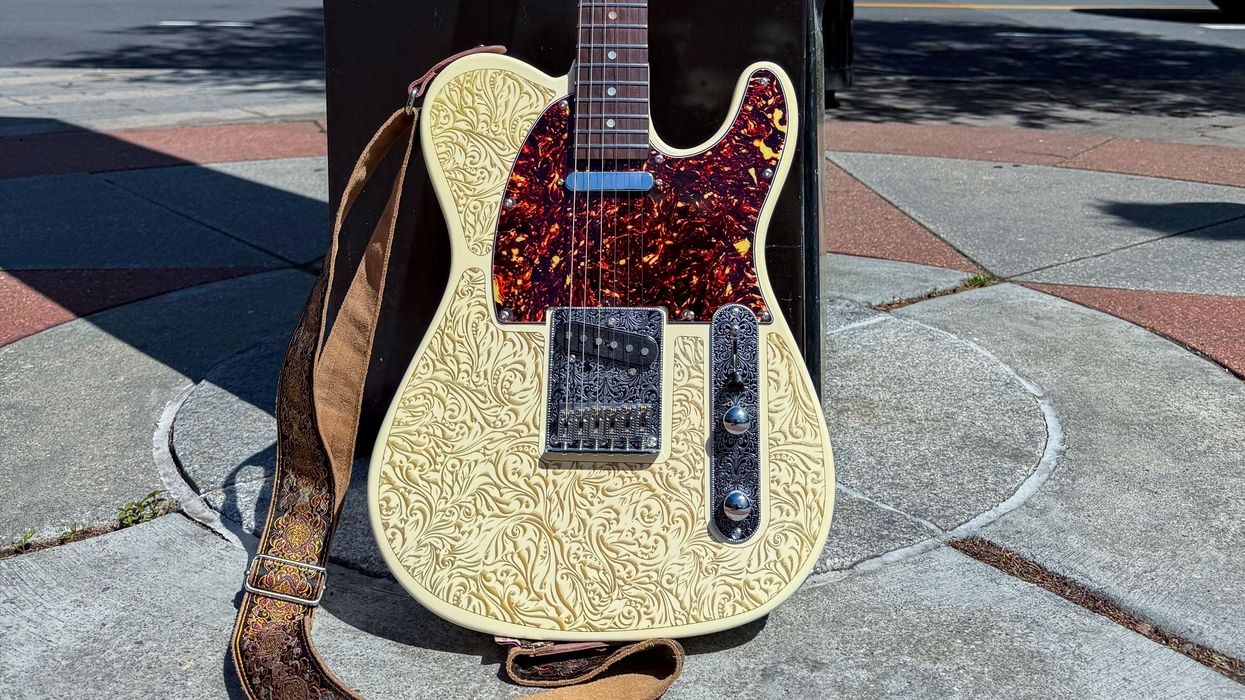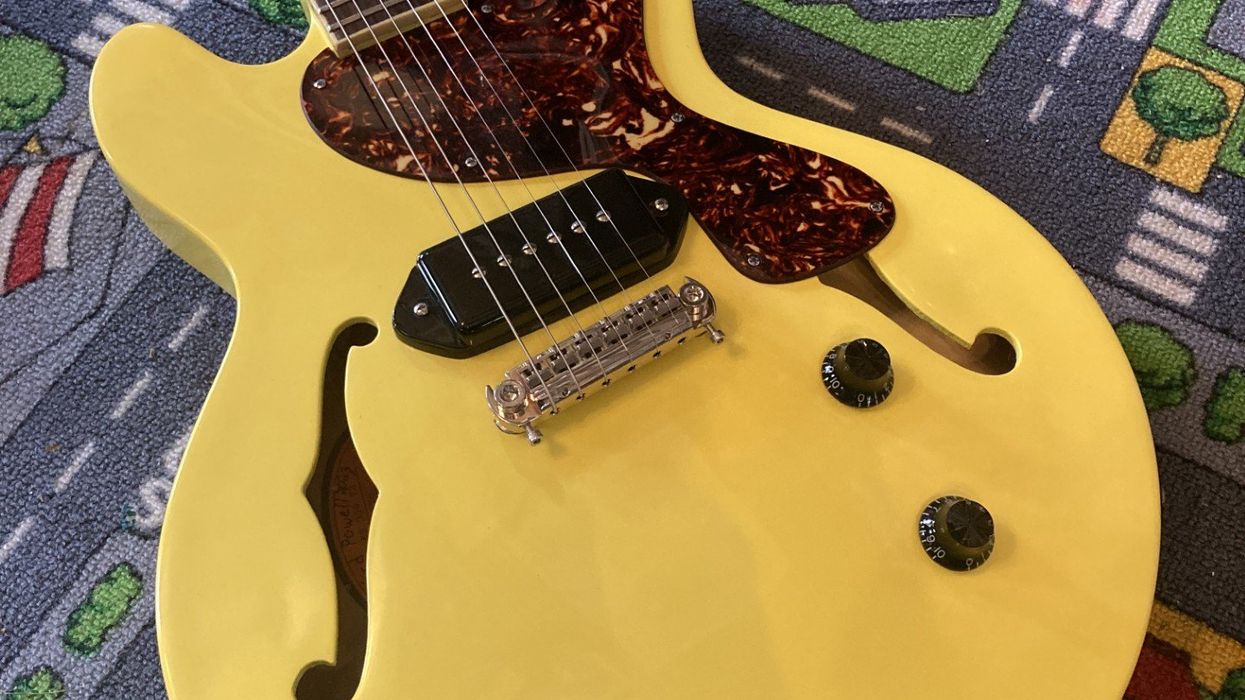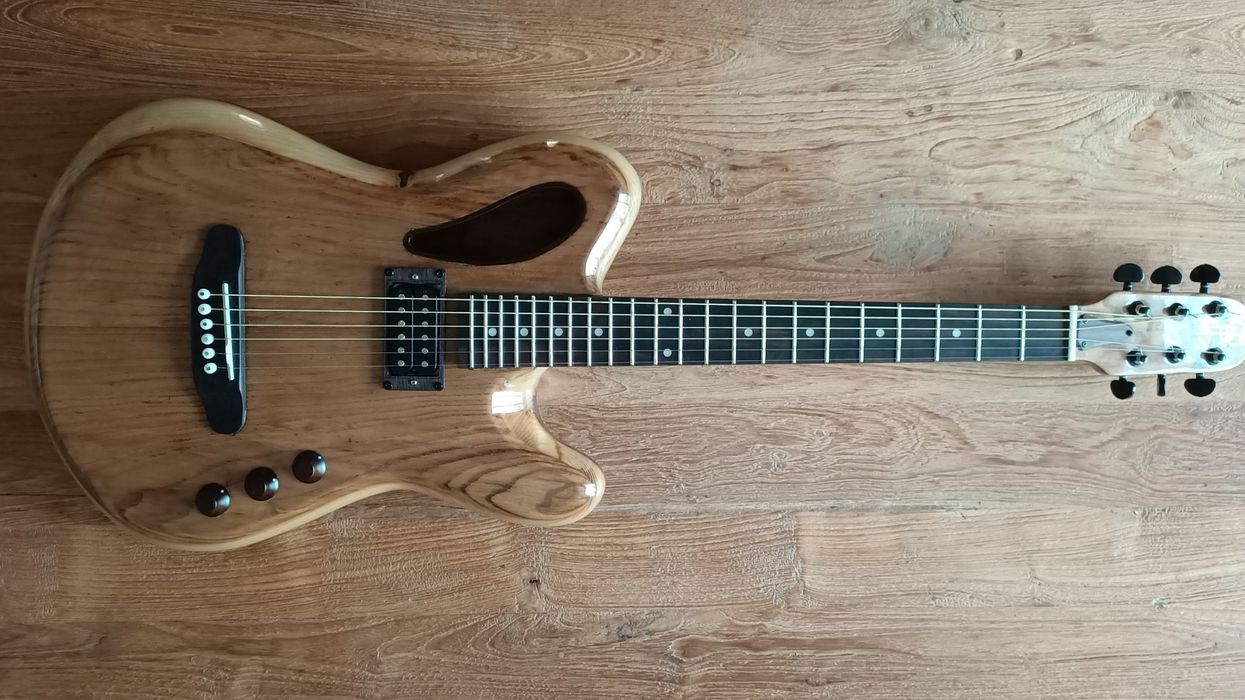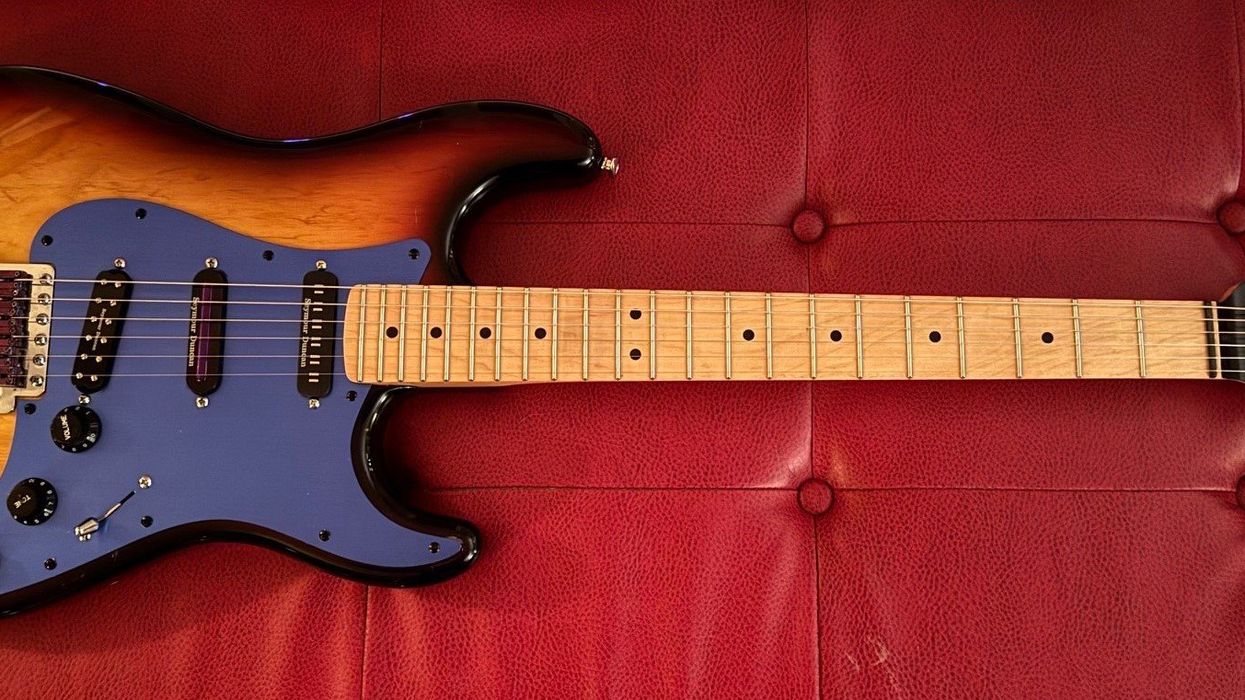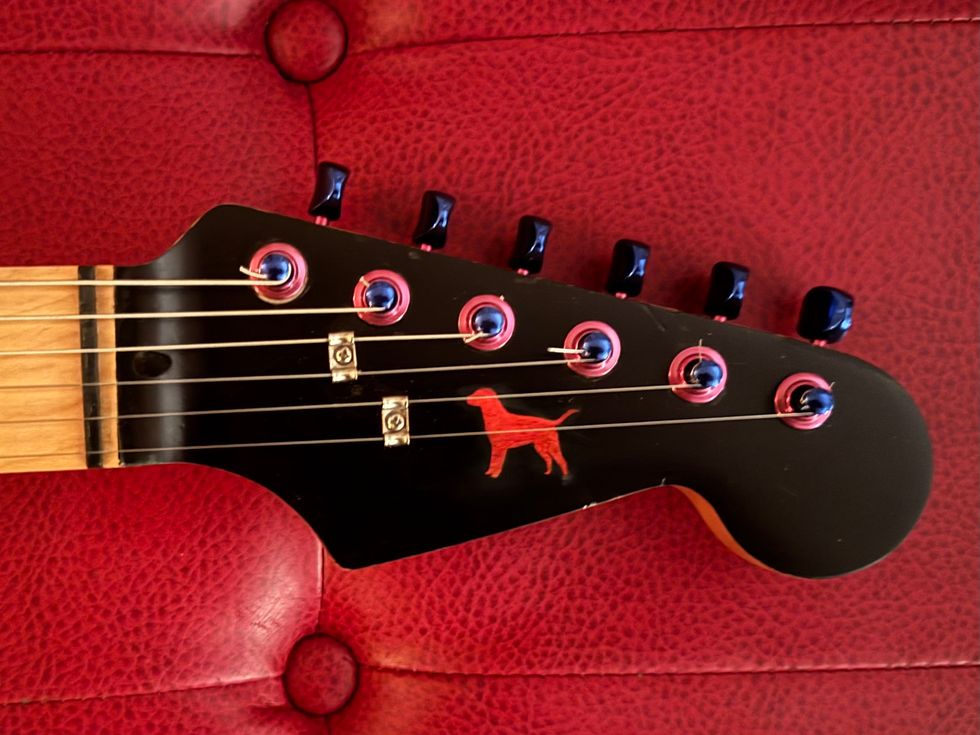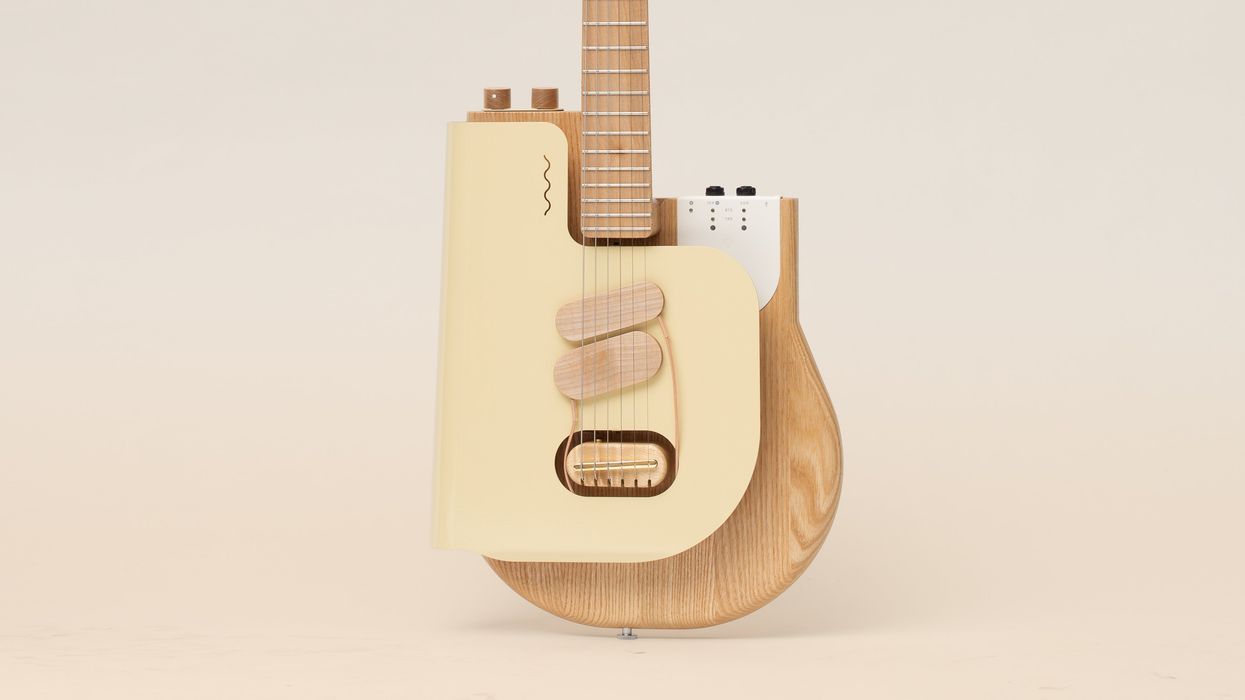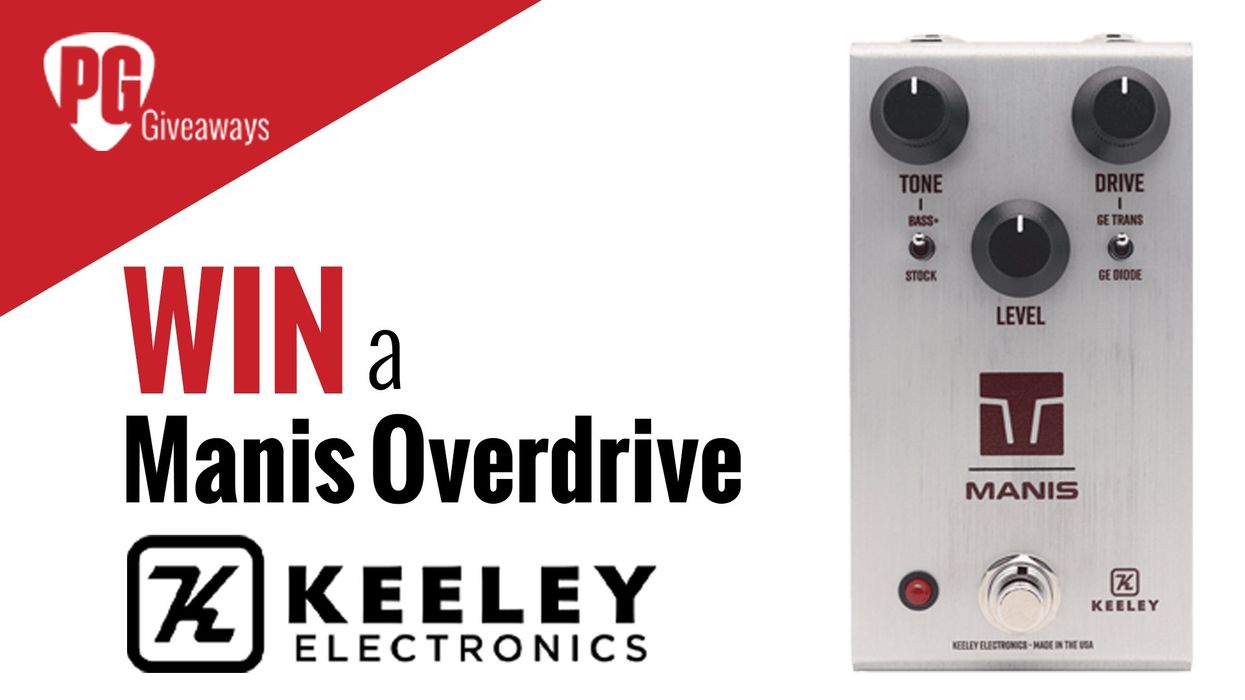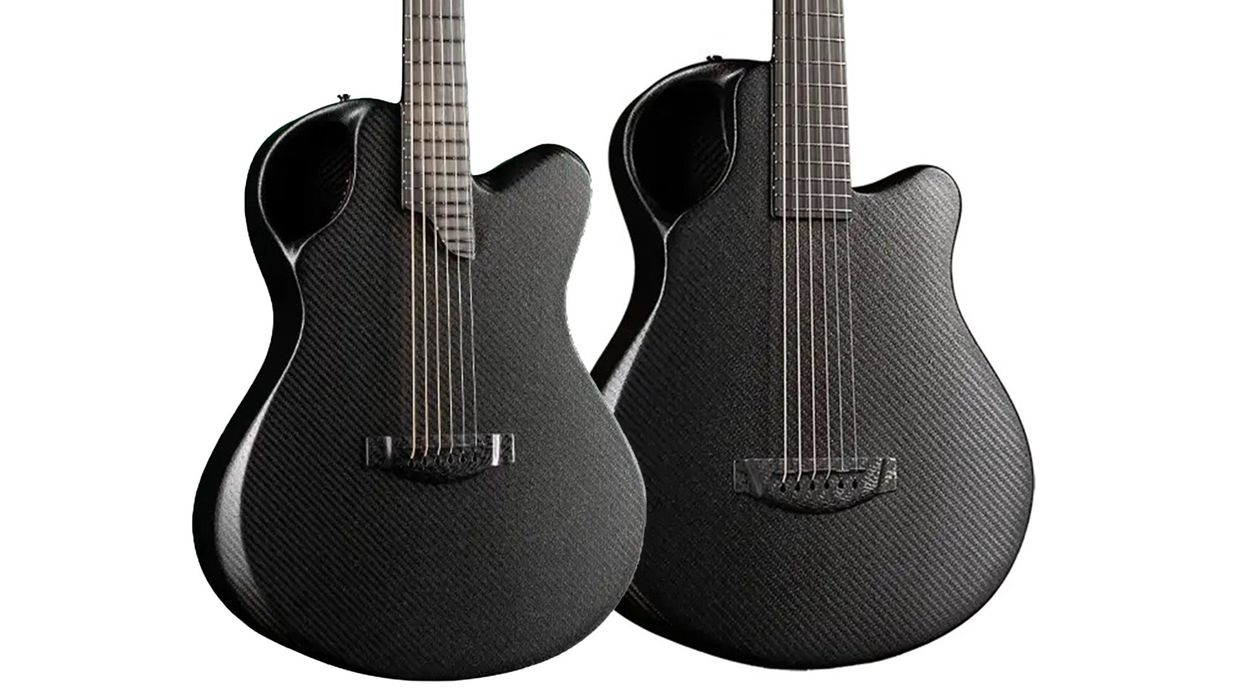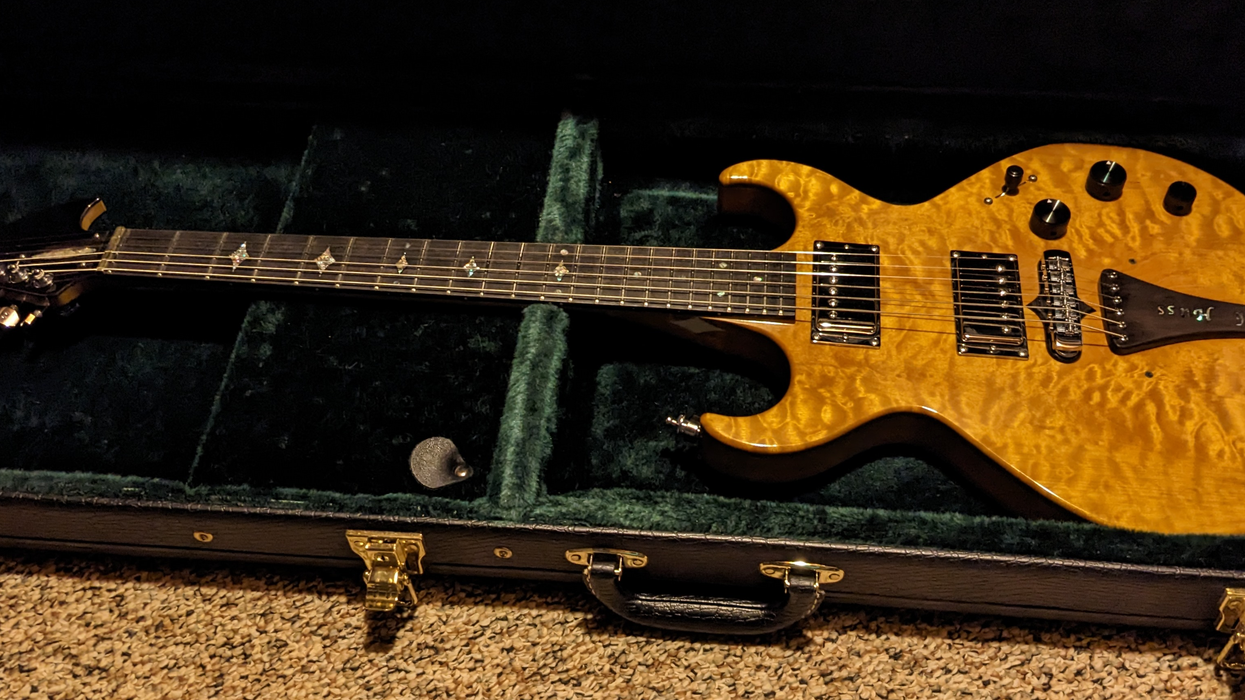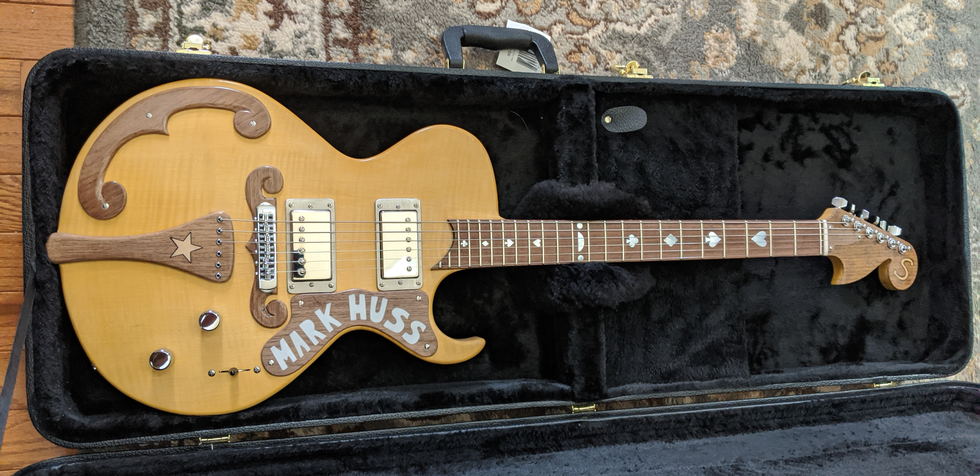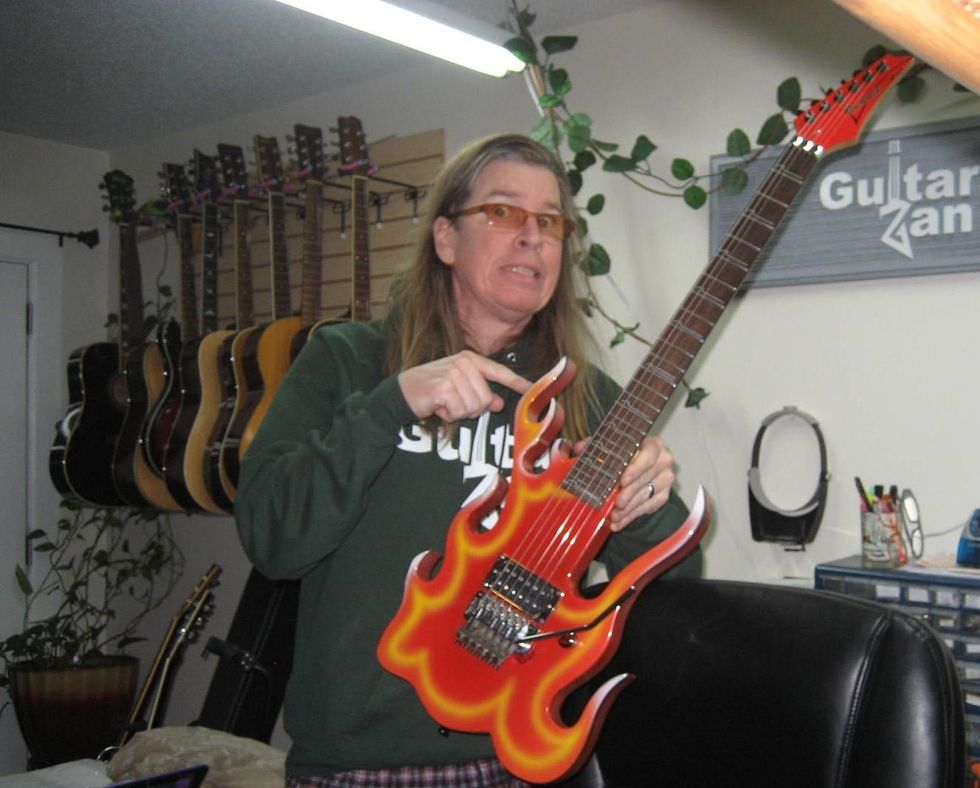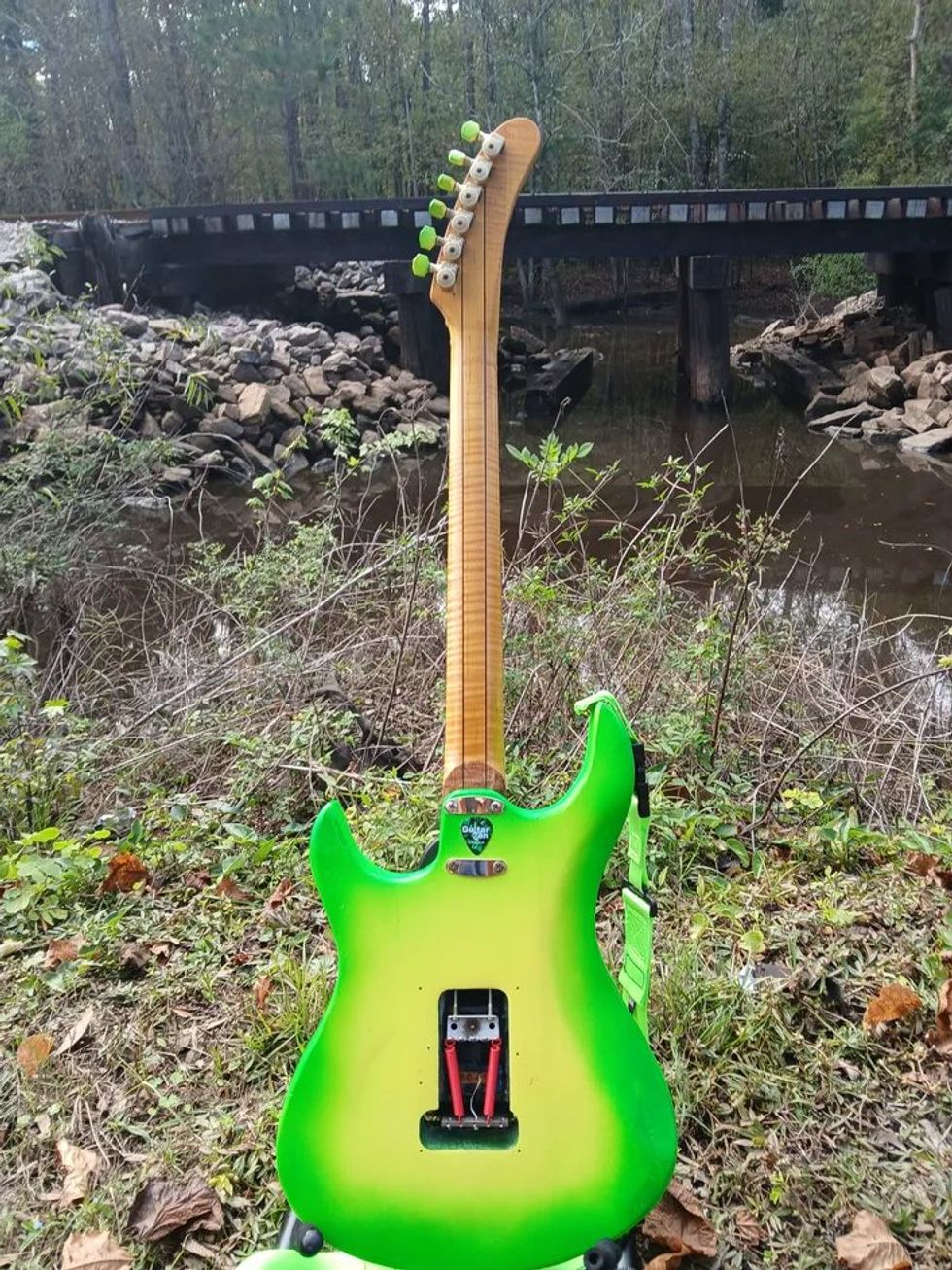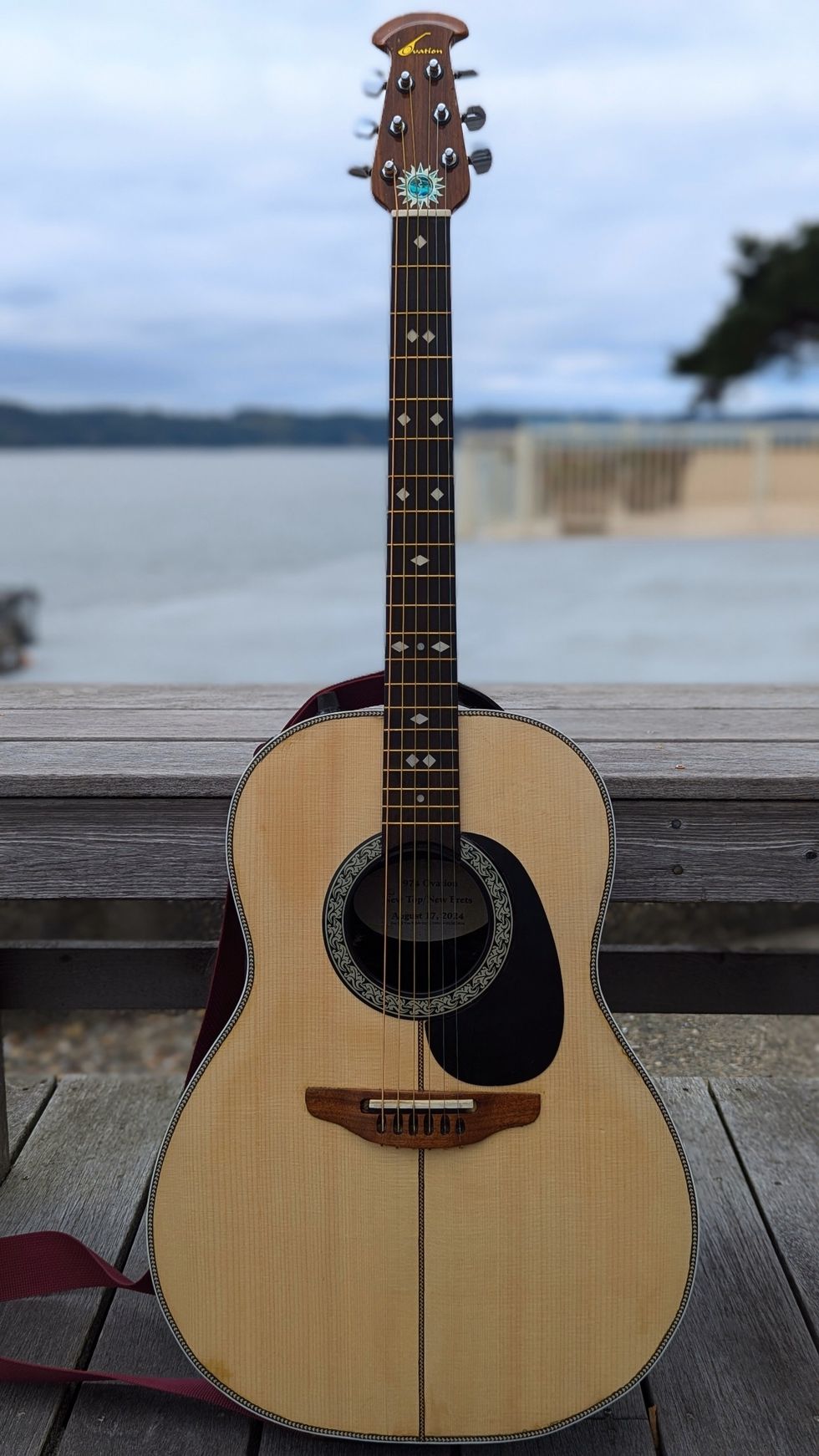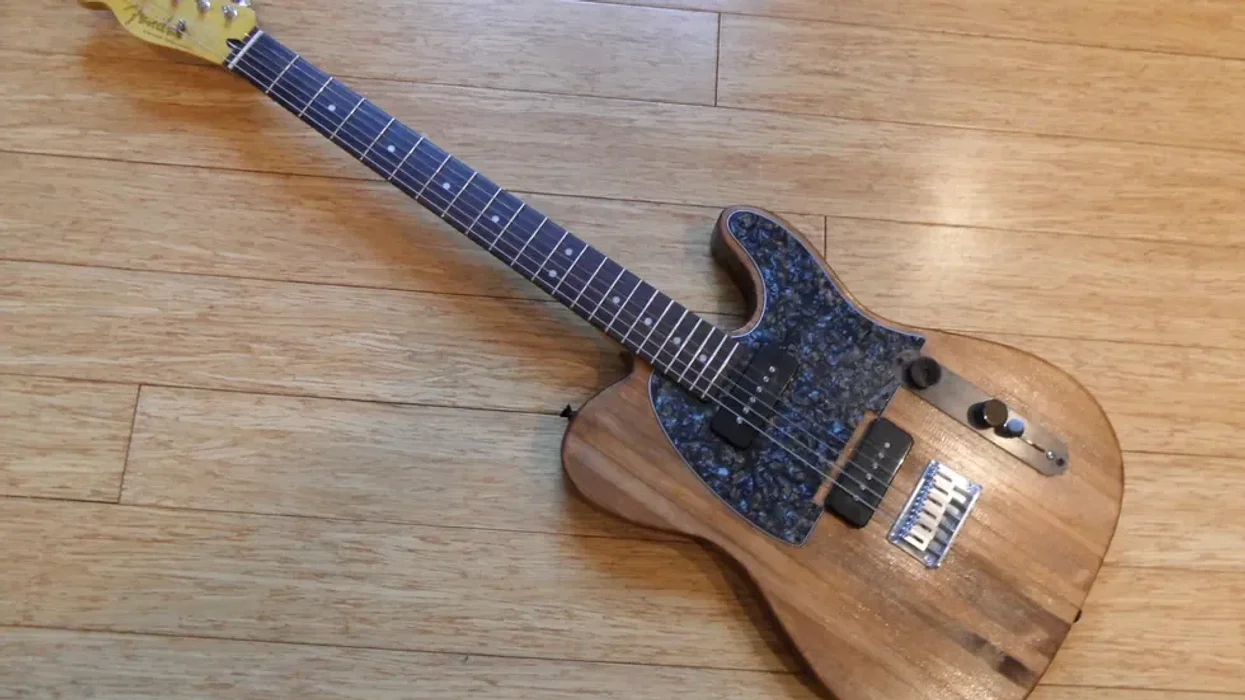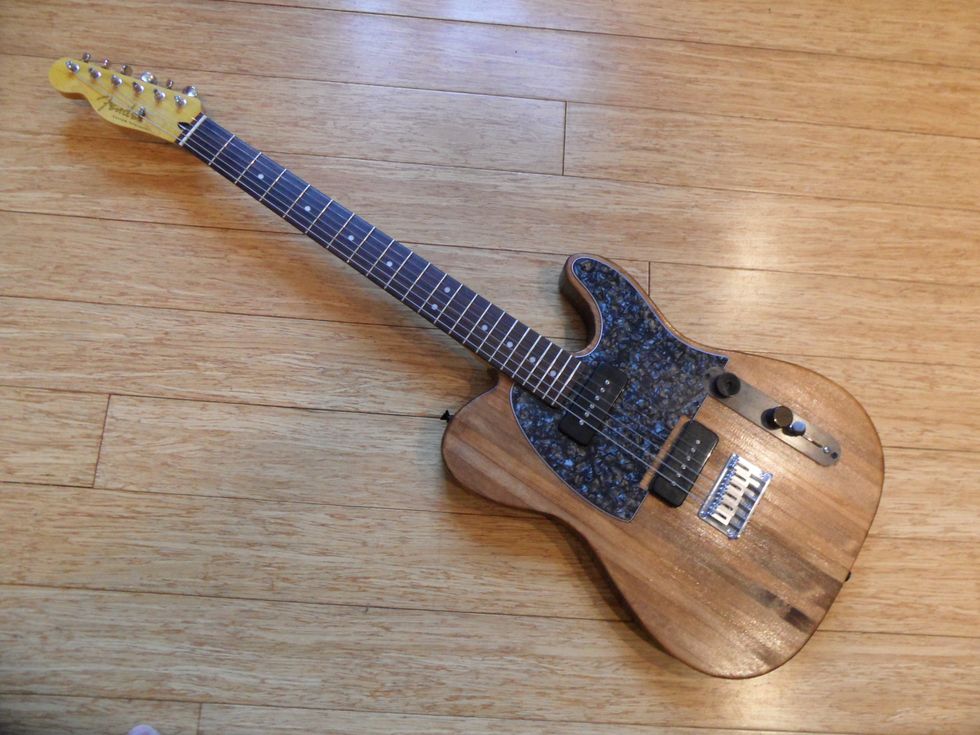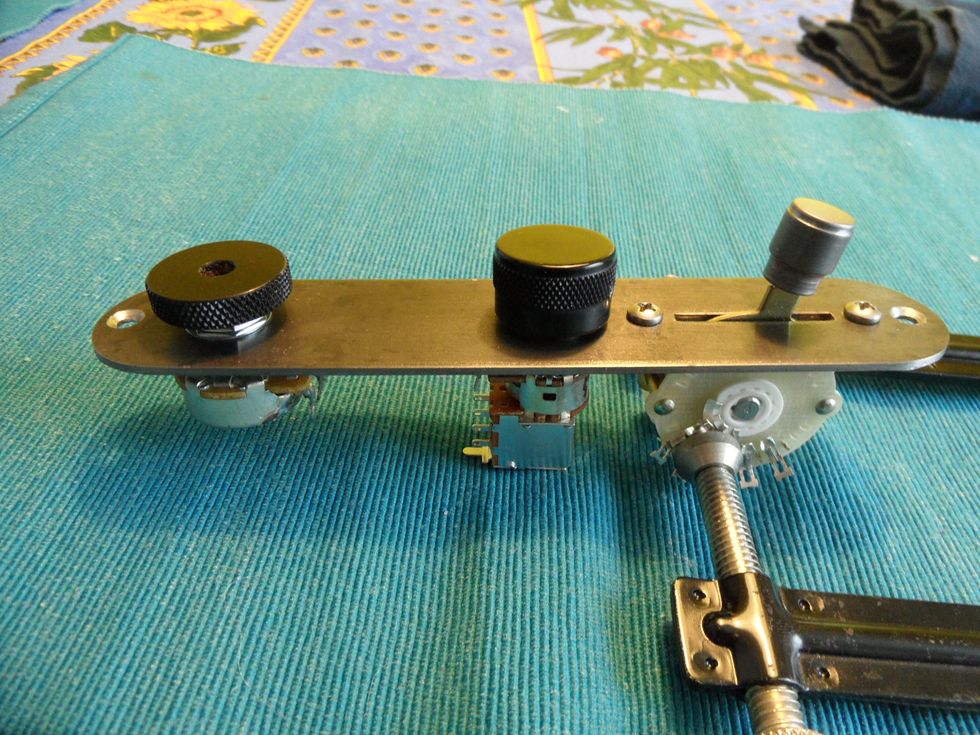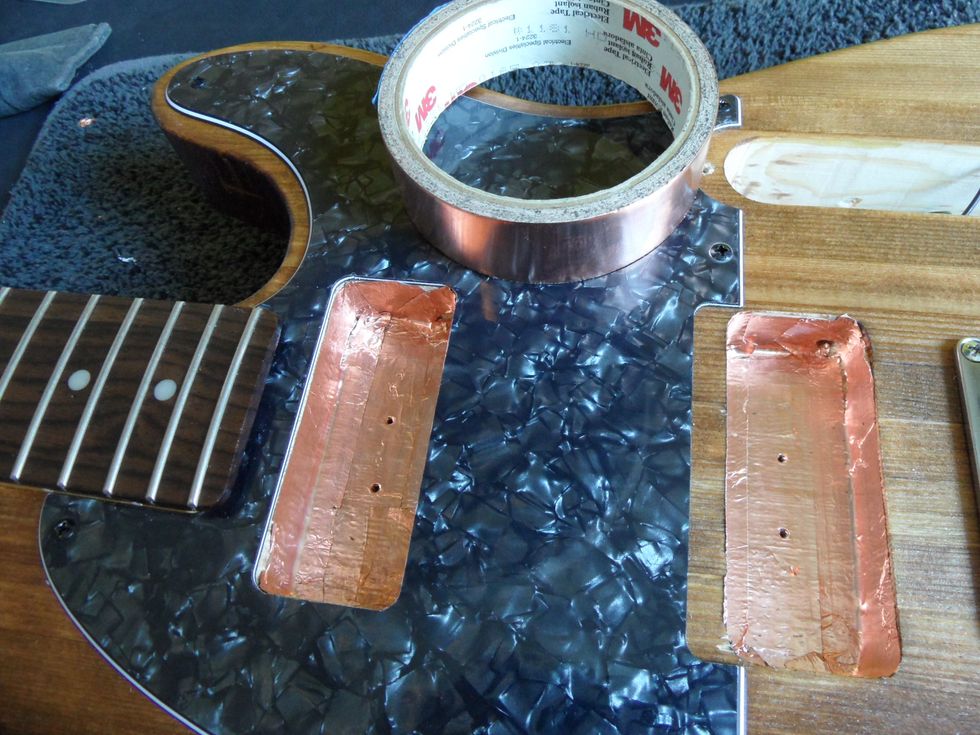I had Warmoth make the body (rear-routed to avoid the need for a pickguard), and had them paint it as well. They did an amazing job. The neck was made by the Electrical Guitar Company. They were kind enough to put some Gotoh locking tuners on there for me as well. There are a few companies making these necks now, but I thought their headstock looked the coolest. It went in the neck pocket with minimal adjustment. Both took about three months from order to delivery.
When you only have one pickup, you kind of have to choose wisely. After a bit of agonizing, I finally decided on a Lace Matt Pike Signature “Dragonauts” pickup. I figured if it’s good enough for Matt, it should work for me. It sounds amazing and articulate enough through an ungodly amount of fuzz.
Since this is a Jazzmaster, it seemed natural to go with a Mastery bridge and tremolo. I’m not normally a big wiggle-stick guy, but it’s fun to give things a bit of warbly flavor every now and then. It’s probably not the first choice for most metal players, and it initially felt a little strange palm-muting, but it works for me. It stays in tune, and it’s way less fiddly than a Floyd. Mastery makes that awesome space-age-looking tremolo arm tip, too, which I think really sets this thing off.

Reader and guitar designer Erik Sheppard.
“I think the cool kids use even heavier strings, but these work fine, and I stopped being cool a long time ago anyway.”
I added some standard pots and knobs and Schaller strap locks, and it was done. I’ve got Ernie Ball Not Even Slinky .012–.056 strings on there (since the guitar lives in C standard), which are just fat enough to not be floppy, without feeling like telephone lines. I think the cool kids use even heavier strings, but these work fine, and I stopped being cool a long time ago anyway.
The whole thing cost about 2,300 bucks, including a few hundred for some help from the folks at Strait Music here in Austin, who are always amazing. I was a bit paranoid about drilling into the body and potentially screwing up the finish, so I enlisted the pros.
My only complaint is that this thing is an absolute beast, at about 11 pounds, which is a lot heavier than I’d prefer, but a wide Levy’s strap makes it a bit easier to shoulder. It looks, sounds, and plays exactly as I wanted it to, so I’m quite happy with how it turned out.